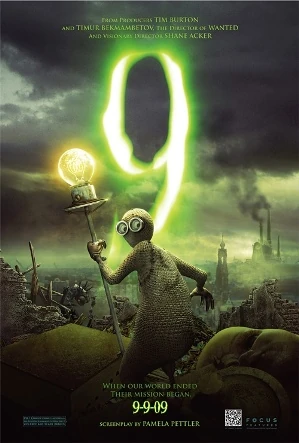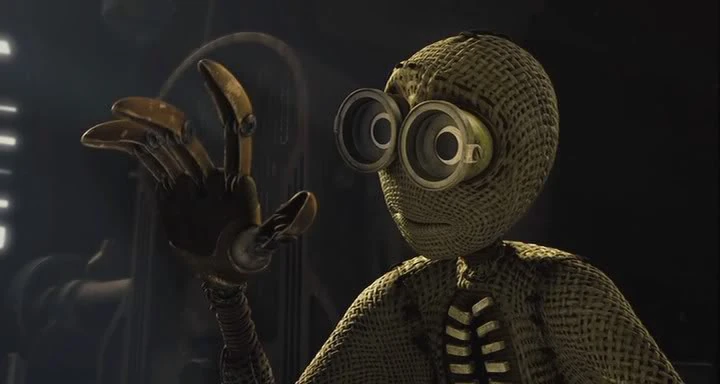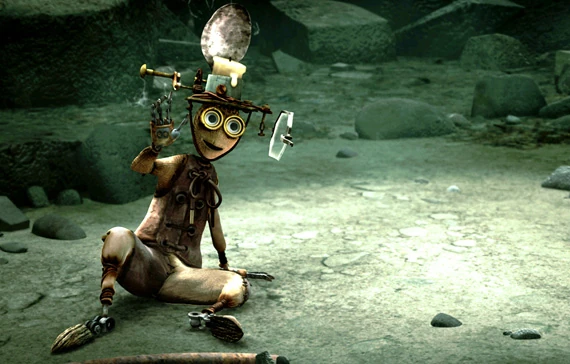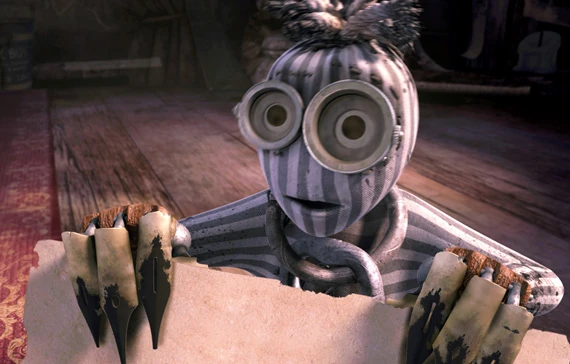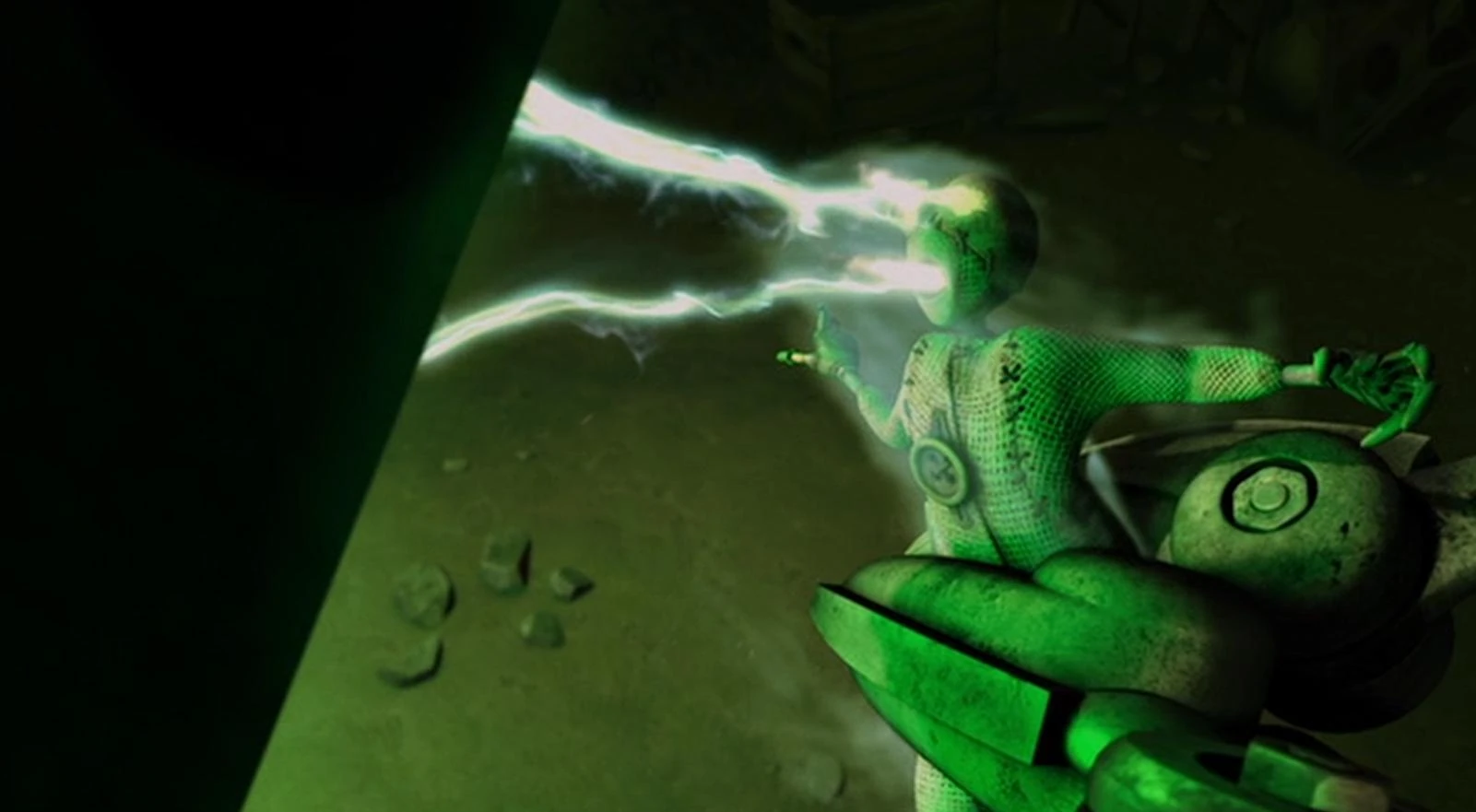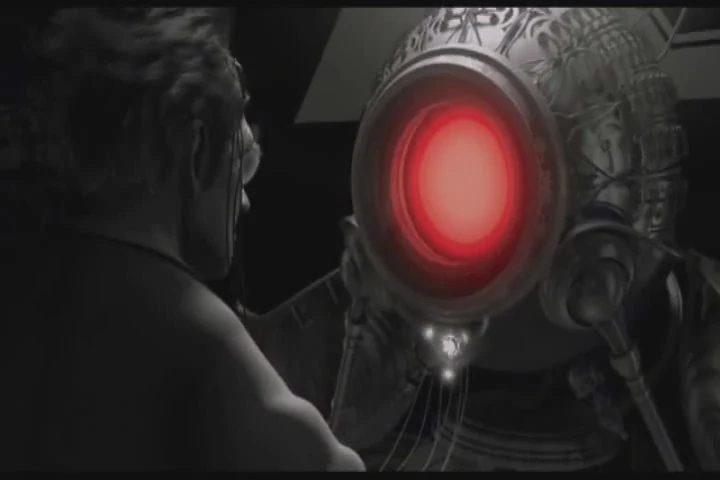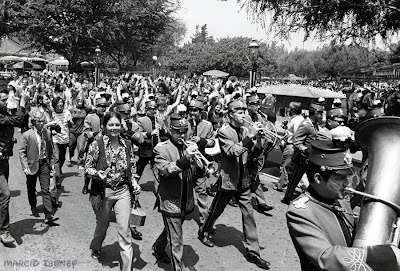Alice:
Madness Returns is the sequel to American McGee’s Alice, released in 2011, continuing the story of
Alice Liddell’s dark journey back down the rabbit hole and through a shattered
looking glass. The game balances Alice venturing through the realms of
Victorian London and Wonderland, uncovering a murder mystery and a much dark,
grimmer reality behind the house fire that killed her family. The game has many
themes related to Alice’s mindset, but also the world and culture around her
during one of the most progressive but miserable of times for British citizens.
Please
note this essay contains content of a graphic nature in relation to this video
game’s plot. Reader discretion is advised.
The game takes place a year after the first. Alice Liddell lost her
family to a housefire, and fell into a ten-year long catatonic state from the
trauma. In Rutledge Asylum, Alice eventually stirred, going on a battle through
her subconscious to liberate Wonderland from the Queen of Hearts’ corruption,
overcoming her madness and guilt. Whilst the first game ended on a high note,
it turns out Alice had a relapse. Now downtrodden and teetering on the edge of
sanity, Alice stays in a London orphanage. She has daily sessions with Dr.
Angus Bumby, a child therapist who uses hypnosis to help deal with traumatic
memories.
Alice comes to the conclusion that the house fire wasn’t an accident,
and may have been orchestrated to cover up another crime. Meanwhile, Wonderland
faces existential destruction by the Infernal Train, a hellish locomotive built
by the March Hare and the Dormouse. The train churns out the Ruin, monstrous, oily,
doll-faced abominations, corrupting Wonderland.
Through fragmented memories and prodding from the characters in her
mind, Alice realises Dr. Bumby is the mastermind behind the fire, in a
long-winded crime spree of murder, rape, and child abuse. As a young man, Bumby
was infatuated with Alice’s sister Lizzie, but wasn’t subtle in what he wanted.
Bumby stalked Lizzie, and tried using his hypnotherapy sessions with her to get
away with assaulting her. He was rejected, prompting Dr. Bumby to break into Alice’s
house, rape Lizzie, lock her in her room using a key given to him by Alice’s
father for his therapy sessions, and then burnt the house down to cover up his
crimes. Alice survived, actually seeing Bumby in her house and then outside,
but the memory was forgotten.
We later learn that Dr. Bumby began pimping orphaned children, erasing
their memories, and turning them into prostitutes, claiming he is simply
serving “all appetites” in the Industrial Era-London. Yeah, this is a pretty
dark, disturbing video game. Alice sensed something was wrong, though she was
too wrapped in her own trauma to notice. As such, the Infernal Train was
created by weakened parts of her mind and set loose through Alice’s sessions
with Dr. Bumby. It could be speculated that a part of Alice’s psyche wanted her
traumatic memories to be removed, allowing Dr. Bumby to start erasing her mind.
But, Alice eventually realises something is wrong and begins a journey through
Wonderland and London to uncover the truth.
The game’s story begins with the rather nasty death of the White
Rabbit, who warns Alice that something is amiss, specifically that she has
dormant memories regarding the fire, but that she has noticed the prostitution
of her fellow orphans. Alice wanders the streets of London, stalked by spectres
of the Jabberwock, the personification of her guilt. She winds up back in
Wonderland where her journey truly begins.
Her first stop is the Vale of Tears, a lingering, lush vestige of her
old, innocent Wonderland, filled with giant toys, weird critters, and a giant
crying statue of Alice – a subtle nod that her subconscious knows the truth and
is sobbing over her own ignorance. The Cheshire Cat, Alice’s conscience, guides
her to the Vorpal Blade, left in the bones of the dead Jabberwock, symbolising
how Alice overcame her guilt.
This is where we meet both the Insane Children and the Ruin, two sides
of the same coin. The Insane Children represent the orphans and how they are
suffering at Dr. Bumby’s hands. The children are put through the Infernal
Train, coming out as the Ruin. By-products of the train, the Ruin are oily,
mechanical, doll-faced monsters, in constant pain, and stripped of their
humanity, representing the pimped children. They are “fed” to London, the
Infernal Train resembling a neverending, hellish convoy of gothic city
buildings. The Insane Children hide away, leaving invisible messages for Alice
to find.
There are ongoing themes of abuse throughout Wonderland that hint at
what Dr. Bumby has been doing to the children; in the dodos in the Hatter’s
Domain, plugged into machinery to never stop working, the paper ants in the
Oriental Grove who are murdered by wasps, and the oysters/fish in the Deluded
Depths, who are eaten by the Walrus.
Alice
reaches the Mad Hatter’s domain, now ruled by the March Hare and Dormouse, who
have turned the place into an industrial factory to build the Infernal Train.
This whole levels represents the dark side of the Industrial Revolution, with
an army of Dodos being used as a workmen without any care for their welfare.
The March Hare and Dormouse represent the parts of Alice’s mind influenced by
Dr. Bumby to erase her memories. The Mad Hatter, Alice’s self-preservation, has
been taken apart and scattered around the factory to let Alice’s mind be infiltrated
by Dr. Bumby’s influence. Alice repairs him to start taking back control of her
subconscious. Though Alice beats the March Hare and Dormouse, the Infernal
Train is let loose.
The next
portion of Alice’s journey occurs in the frozen sea of Tundraland, created when
Alice is knocked “out cold” by a pimp named Jack Splatter. Though beautiful, it
is also cold and dangerous, with Splatter symbolising a frozen sun, a cold,
unfeeling, influential presence. Alice finds the Mock Turtle, formerly in charge
of the Looking Glass Railway, now captain of the HMS Gryphon. They flee underwater, but sharks wreck the ship. The
Mock Turtle still represents Alice’s sorrow, but also her empathy, scolding
Alice for ignoring the sufferings of others around her.
The Deluded
Depths is an underwater community built by the Carpenter, but is truly a place
of depravity and madness, literally symbolising Alice’s descent into madness. The
Walrus and the Carpenter own a theatre and put on macabre shows, referencing
freakshows and how the handicapped were treated in the Victoria era. The Walrus
represents the brutality behind these shows, the voyeurism of Victorian-era
society, and again, alluding to the cruelty of the prostitution going on behind
Alice’s back.
The
Carpenter is a theatrical, easily distracted fool with a flair for dramatics,
but is shrewd and devious. He sends Alice on a wild goose chase to assemble the
pieces for his upcoming play, though this is a distraction so he and the Walrus
can gorge themselves silly on fish through gruesome means. Alice soon realises
she has been tricked, learning the devious duo sank ships and killed sailors to
build the Deluded Depths. The Carpenter symbolises Alice’s ignorance, more
interested in his show and theatrics, using the illusion of the stage to
distract Alice. However, when Alice confronts the Carpenter, she learns he is
more of a well-intentioned figure.
He sends
her on the wild goose chase, hoping to deter her curiosity but to also avoid
drawing in the Infernal Train by murdering fish to go along with the
destructive effects on Alice’s mind. He created the Deluded Depths to save a
part of her mind, appeasing the Walrus’ gluttony and trying to look like he was
involved in the destruction of Alice’s mind to evade the notice of the train.
The Carpenter pushes Alice to safety when the train arrives, freeing her from
her ignorance, opening her mind to the idea that she has been deceived and
someone is trying to erase her memories.
Alice speaks with her family solicitor, Mr. Radcliffe, retrieving her
toy rabbit. She returns to the Vale of Tears, now an apocalyptic wasteland
destroyed by the train. She follows the voice of the Caterpillar, her
personified logic, wisdom, and common sense. She follows it to a large insect
mount, shrinking down to scale it to find the dormant Caterpillar. The Oriental
Grove is based on Radcliffe’s taste for all things oriental, where the
Caterpillar is worshipped as a god by the victimised ants.
Alice finds
the Caterpillar in a cocoon. He advises her to find the Queen of Hearts, who
hides the secret truth related to the fire. He then hatches out of the cocoon,
now a butterfly. Butterflies are a recurring motif in the game, using in a
specific gameplay move that lets Alice move around quickly, and she bursts into
a flock of them when she dies in-game. Butterflies can signify transformation,
change, life, and hope. The Caterpillar becoming a butterfly symbolises Alice
changing herself, opening her eyes to the bigger world around her.
Our journey
takes us to Queensland, the former seat of the Queen of Hearts, and the centre
of Alice’s mind. Alice’s mind is crumbling and the Queen’s influence as the
centre of the mind is dying. Alice is stalked by the Executioner, a
scythe-wielding guard who is unstoppable and invulnerable to harm. He
symbolises Alice’s rage and a desire for death, or to be punished. However,
Alice finds an “Eat Me” cake and grows to the size of a giant, symbolising her
newfound confidence and empowerment, and squishes the Executioner beneath her
foot.
The Queen
of Hearts hides at the “heart” of her crumbling empire, formerly the source of
Alice’s madness and rage, but now serves another purpose, hiding her childhood
memories of the fire. She is the dark side of Alice’s mind; the perfect place
to hide subconscious knowledge. The Queen resembles either a young Alice, or
her sister Lizzie, both being the first victims of Dr. Bumby. Lizzie was raped
by Dr. Bumby and then locked in her room to die, though it is possible she was
murdered beforehand. The Queen is locked away, angry that Alice allowed Dr.
Bumby’s alter ego, the Dollmaker, to succeed her in the role of Alice’s mirror
image.
When Alice expresses her relief of being rid of the Queen, the latter responds
by devouring Alice, drawing her into what I assume is an illusionary scenario
where Alice has had a relapse and returned to Rutledge Asylum, but is beyond
help. Tweedledum and Tweedledee appear, performing medieval practices on Alice
to try and cure her mind (i.e. using leeches, drilling into the brain, etc.)
The likely symbolise Alice’s memories of her time in Rutledge, and her fear of
being tormented again, but also of her own current torment at the hands of Dr.
Bumby. She also meets visions of other characters, including Dr. Bumby, who pretty
much states he has been manipulating Alice, opening the girl to realising what
has happened.
Alice
escapes her hallucination, eventually winding up in the Dollhouse, a place likely
created by the Dollmaker, symbolising the true nature of his orphanage. It
looks innocent enough, with giant dollhouses filled with toys, fences made of
giant pencils, and huge dolls everywhere. However, it is actual quite dreadful.
The houses contain furniture made from doll parts, and the giant dolls have
entrances to other parts of the land through their mouths or where their
private parts would be, revealing the horrific abuse behind the orphanage’s
doors.
Within the
depths of the Dollhouse, Alice finds the nightmarish workshop of the Dollmaker,
who is how she personifies Dr. Bumby’s cruelty and true self – a manipulative,
unfeeling, lecherous monster, with enormous grasping hands like those of a
puppeteer, and bleeding oil from his eyes, representing the constant misery he
consumes others in. We see the Dollmaker capturing the Insane Children, turning
them into mindless dolls, and feeding them to the Infernal Train, which spits
them out as the Ruin, symbolising the cycle of prostitution the children go
through.
Alice now
knows most of the secrets her Wonderland friends were trying to guide her too.
The Dollmaker transforms Alice into a doll, but she is marked with the Greek
symbol of Omega, which is associated with great power. This symbolises Alice’s
true power over her own mind, allowing her to break free from her doll form.
In the real
world, Alice confronts Dr. Bumby, who is waiting in a train station for his
next patient. He proudly boasts of his crimes, keeping the key to Lizzie’s
bedroom a momentum of his first victim. In Wonderland, Alice boards the
Infernal Train, encountering her friends along the way, who scold her for her
ignorance, but now personify different parts of her guilt.
The Mad
Hatter blames Alice for not realising that Dr. Bumby was trying to erase her
memories. This further points to the Hatter being Alice’s self-preservation,
which, if not in pieces, would have known something was wrong (“I’d like to
forget what you did. I’ve tried, but I can’t.”) The Caterpillar instils Alice’s
guilt for not recognising the suffering of the orphans, and how bystanders, who
do nothing to intervene in a crime, can be just as guilty as the culprits.
Finally, the Queen of Hearts reveals to Alice that Lizzie was raped, which
young Alice didn’t understand was going on at the time of the fire. Alice then
confronts the Dollmaker in the train’s engine, and is able to destroy him. The
engine also features the Omega symbol again, representing the battle for
dominance within Alice’s mind.
In the real
world, Dr. Bumby dismisses Alice as a madwoman with little evidence to vilify
him. Alice goes to leave, but steals back her sister’s key. She then turns
around, and from Dr. Bumby’s point of view, we see Alice has become her
idealised Wonderland self. This could be interpreted as Dr. Bumby either going
mad, or “seeing” Alice’s true self, overcoming his control to defy him. Alice
then pushes Dr. Bumby onto the tracks and he is killed by a timely, karmic
train.
In the
closing scene, Alice steps out of the train station and finds herself in a
strange fusion of London and Wonderland, referred to as “Londerland”. This
implies her mind is, for now, at rest, and she can live both in reality and her
dream world. The Cheshire Cat gives a closing speech, commenting that Alice has
overcome her pain, learning to endure and face it, rather than conveniently
forget it. As he puts it, “Wonderland is safe…for now.”
A third
game called Alice: Otherlands was
meant to be released, but was reworked into a couple of short animated films,
where Alice crosses paths with famous 19th century historical figures.
It is revealed that Londerland is a dreamscape that has granted Alice a
superpower of some kind that lets her traverse the subconscious of other
people…somehow. I suppose this is meant to show that Alice has overcome her
trauma and madness, forming a type of lucidity.
Nowadays,
American McGee is using Patreon to plan out a prequel called Alice Asylum, featuring a traumatised
young Alice dealing with the fallout of her family’s death, getting to a point
where her mind will be ready to confront her madness.
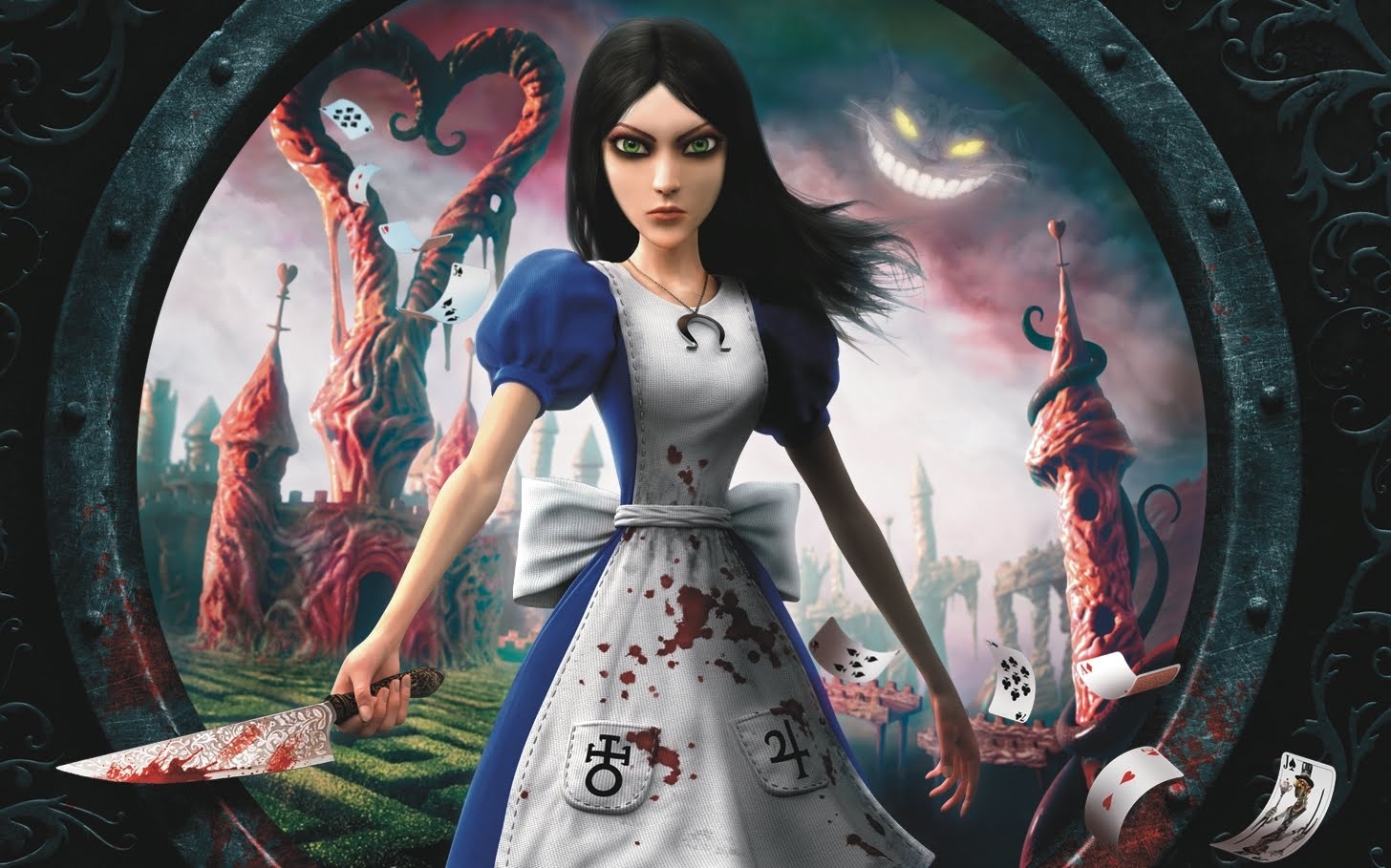


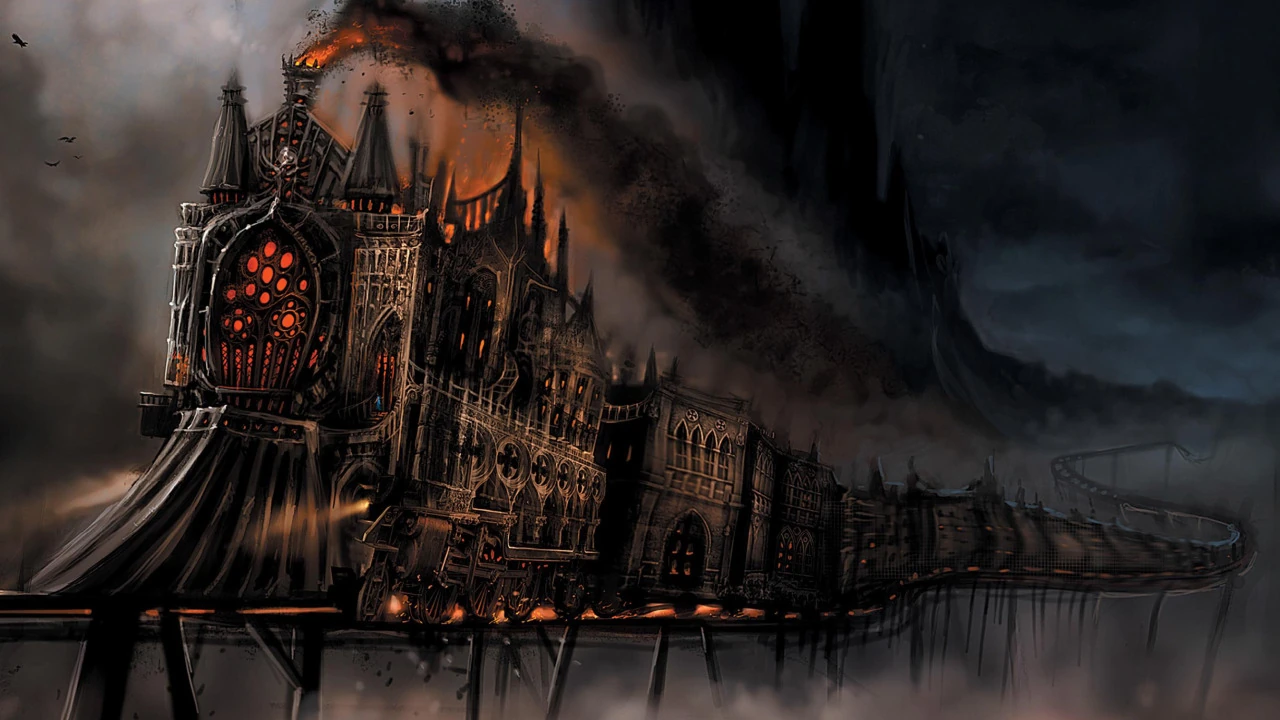


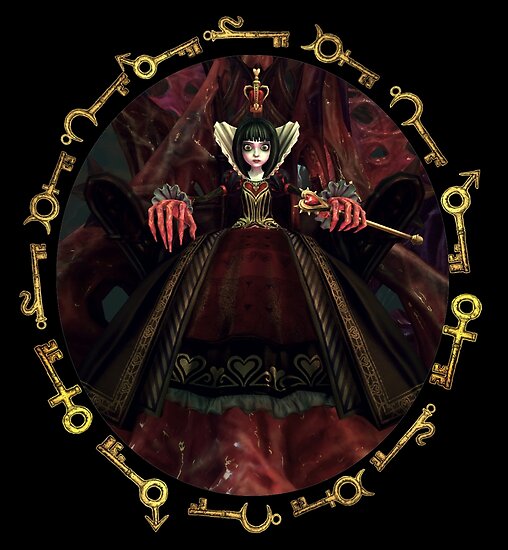


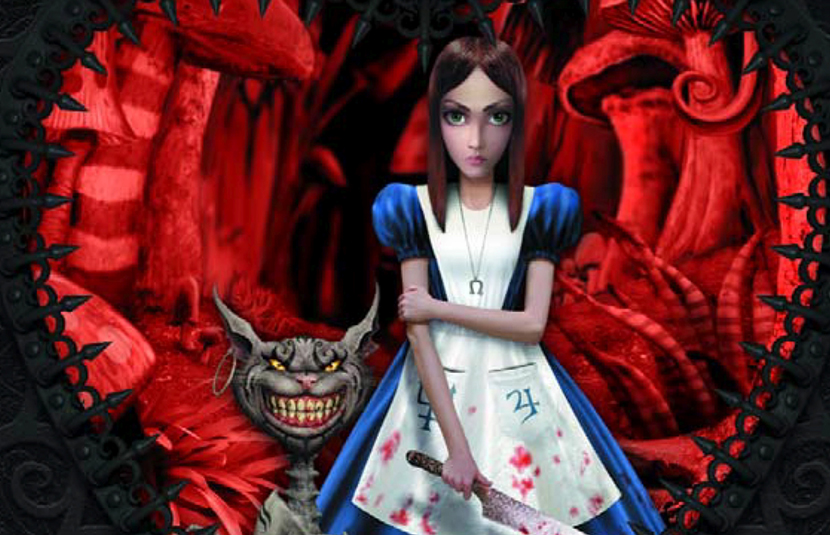


.jpg/revision/latest?cb=20130421141359)

